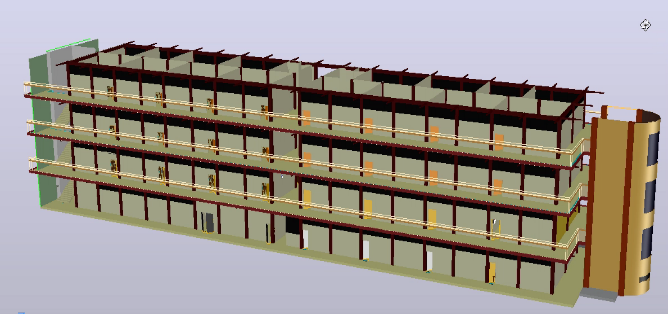Aplicaciones virtuales y su impacto en prevención del Covid-19 de la Facultad Ciencias de la Ingeniería, UTEQ, 2020
Aplicaciones virtuales y su impacto en prevención del Covid-19 de la Facultad Ciencias de la Ingeniería, UTEQ, 2020
Show authors biography
Biosafety measures have been designed to safeguard life, currently in pandemic time originated by the disease of COVID-19 is the more importance its application, incorporating a series of actions to counter the virus, because there is still no specific treatment or vaccine that stops the incubation of the virus in humans. The purpose of this research is to simulate the main activities carried out in the Faculty of Engineering Sciences and the Administrative Area of the FCI through virtual applications such as AUTOCAD (structural design), R comannder (statistical analysis), and FLEXSIM (3D simulation) with the aim of detecting possible human behavior anticipating the facts without the need to experiment with human lives.
After the analysis of the results obtained, it is concluded that the total number of people exceeds the structural capacity limit of both buildings, adopting 30% of capacity there is an improvement of the performance of the people in the course of their daily activities, there was a decrease in congestion of people at critical points and the physical distancing established by the National COE is notorious, this percentage is the most suitable in both the FCI and the administrative building with the exception of the auditorium that 21% of the capacity is recommended. Finally, we propose possible solution alternatives that minimize the risk of contagion COVID-19 during the development of activities in FCI.
Article visits 532 | PDF visits




